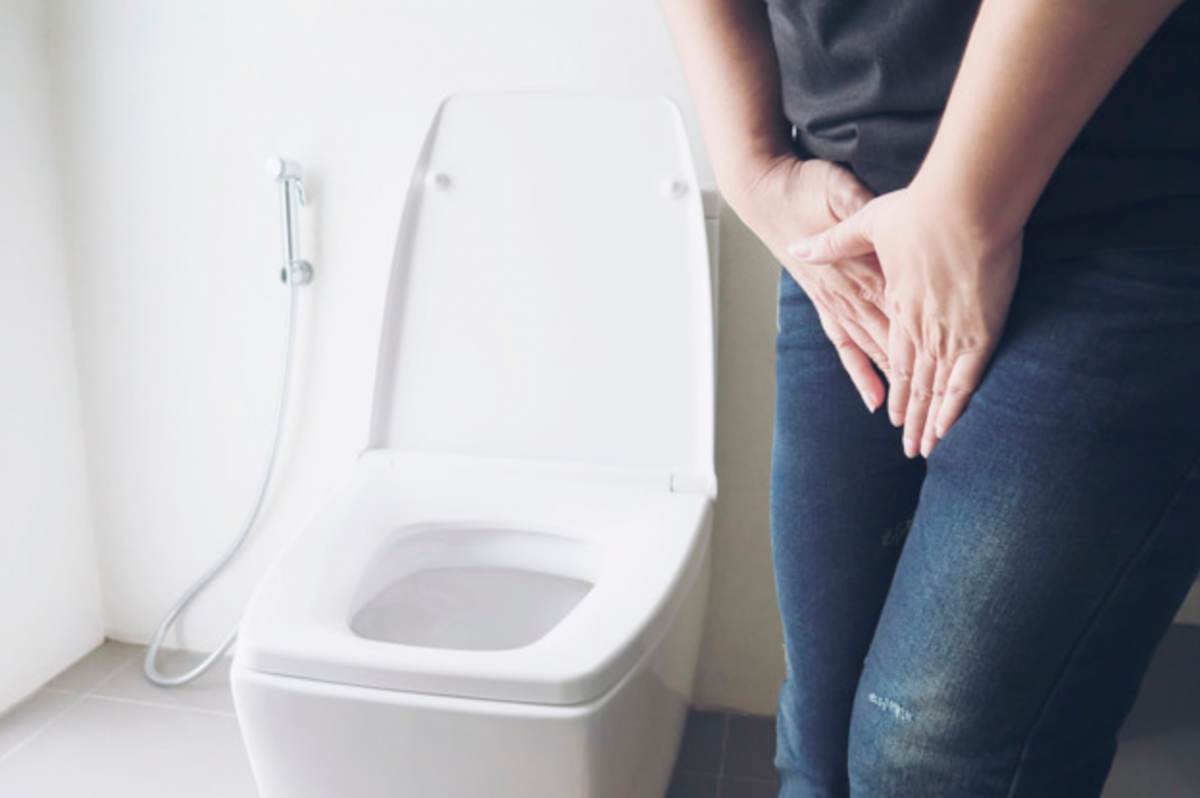This week Dr Ciarán Roarty of Scally McDaid Roarty Medical Practice discusses a common condition which may affect us as we get older.
Overactive bladder syndrome (OABS) is quite common and up to one in ten adults report at least some of the symptoms. The bladder normally fills gradually with urine and you feel the desire to pass water when it is about half full.
We can usually hold off until a convenient time to go to the toilet.
With an overactive bladder, the bladder muscle squeezes suddenly without your full control when it is not full. If no other cause can be found for these repeated contractions ( eg urinary tract infection or enlarged prostate) it is called overactive bladder syndrome.
What are the symptoms?
Symptoms included running to the toilet to urinate more frequently than normal ( ie more than 8 times a day) as well as sudden urges to urinate – you find it difficult to delay passing water and may even leak urine before you get a chance to reach the toilet. You may also need the toilet more than once a night.
What causes this problem?
We don’t fully understand the cause of an overactive bladder. If the cause is known eg because of a stroke, MS or Parkinsons we call it neurogenic (nerve) OAB.
We do know that certain things can exacerbate the symptoms eg stress, caffeine from tea, coffee, caffeinated drinks and alcohol.
Similar symptoms may be caused by a urinary tract infection or bladder stones and your doctor may run tests for these.
Doctors may refer you to other health professionals such as physiotherapists and specialist nurses with an interest in healthy bladder function.
How is this treated?
General measures are often suggested such as cutting out caffeine and making sure that access to the bathroom is unimpeded – especially at night. Your doctor may advise reduction or completely stopping alcohol for a trial period to see if this helps.
It is advised to drink normal amounts of fluid each day and not cut back ( which you might be tempted to do) as more concentrated urine can actually irritate the bladder.
Only going to the toilet when you feel you need to and weight loss, if you are overweight, can be very helpful.
Bladder training is the mainstay of treatment and involves keeping a diary and gradually increasing the time between your toilet visits. A specialist continence advisor may be enlisted to help you with this process. In effect, we try to train the bladder to stretch more easily and this make takes a number of weeks.
The aim is to pass urine every 3 – 4 hours. It can be tough at first but with the help of your doctor, nurse or continence advisor it does become easier.
Medications are sometimes used if bladder training is insufficient on its own and work by relaxing the bladder muscle by blocking the nerve impulses.
They will generally improve but not eliminate the problem and are best used alongside bladder training. Side effects are common but are often manageable.
If you also suffer from stress incontinence (eg incontinence when you cough or laugh etc) you may be advised about pelvic floor muscle training.
There are other more specialised treatments for resistant cases such as Botox injections to the bladder, nerve stimulation procedures and surgery and your doctor may refer you to a specialist if this is appropriate.
However general lifestyle measures along with bladder training and medication, if required, give good results in the majority of cases so don’t suffer in silence.
The above information is intended as advice only and should you have any concerns please contact your own Doctor.
Dr Ciarán Roarty MB, BCh BAO MICGP DRCOG Grad. Cert. Obst. Ultrasound is a full-time GP at Scally McDaid Roarty Medical Practice, Scally Place, Letterkenny, Tel 0749164111 – scallys.ie






